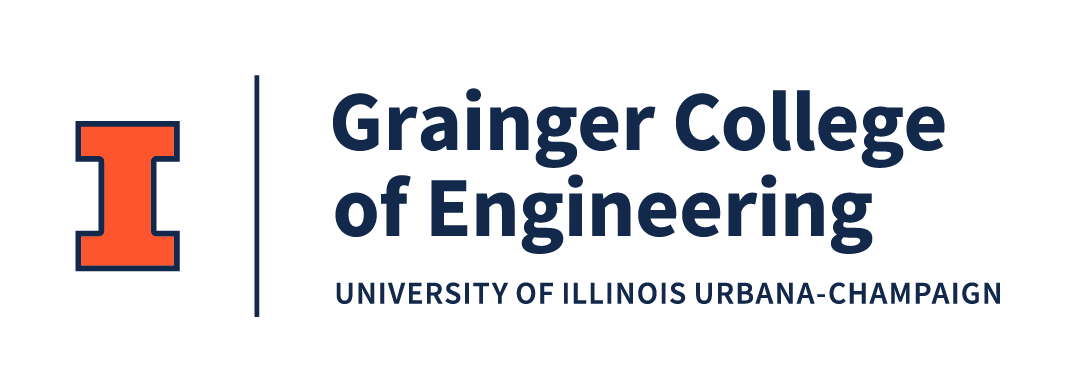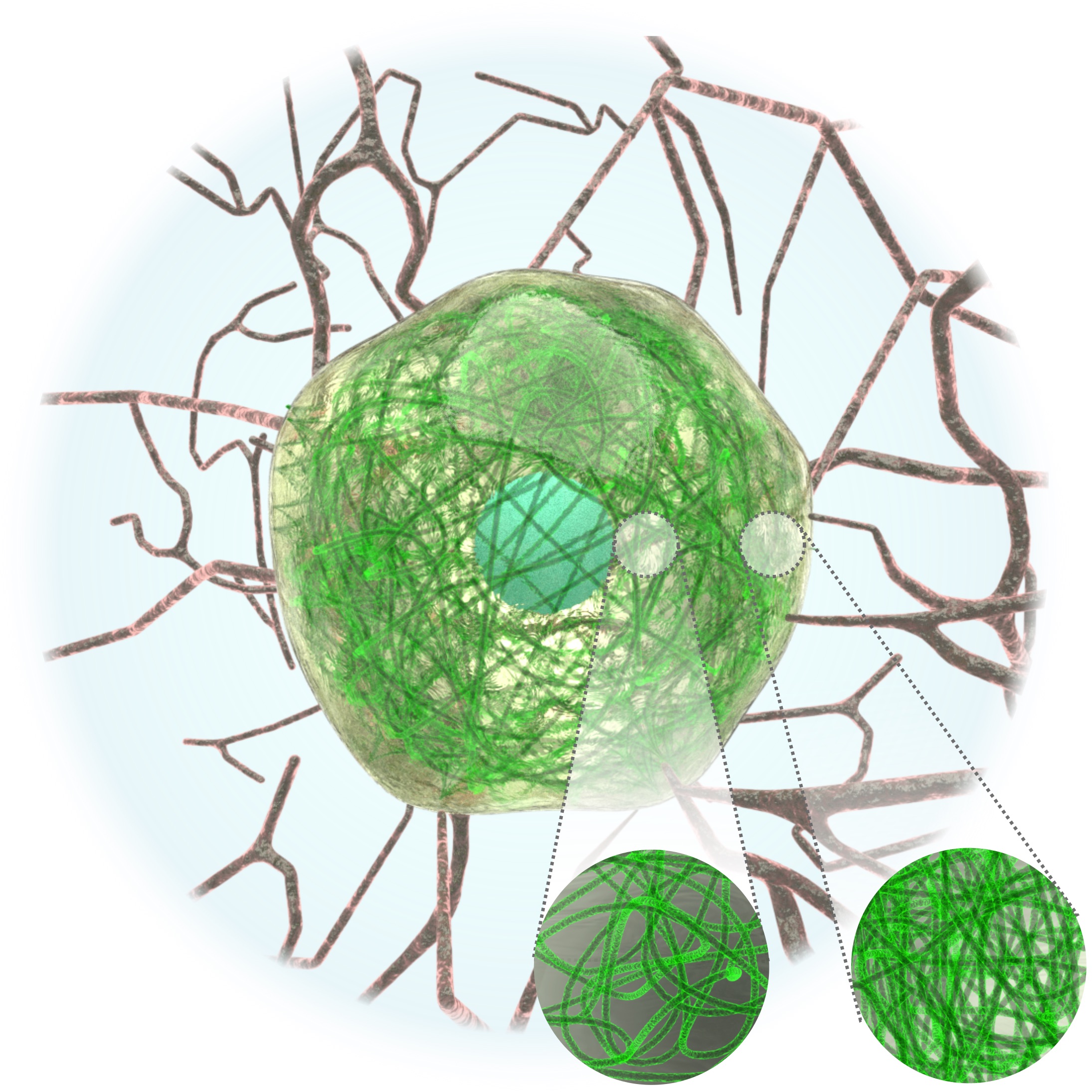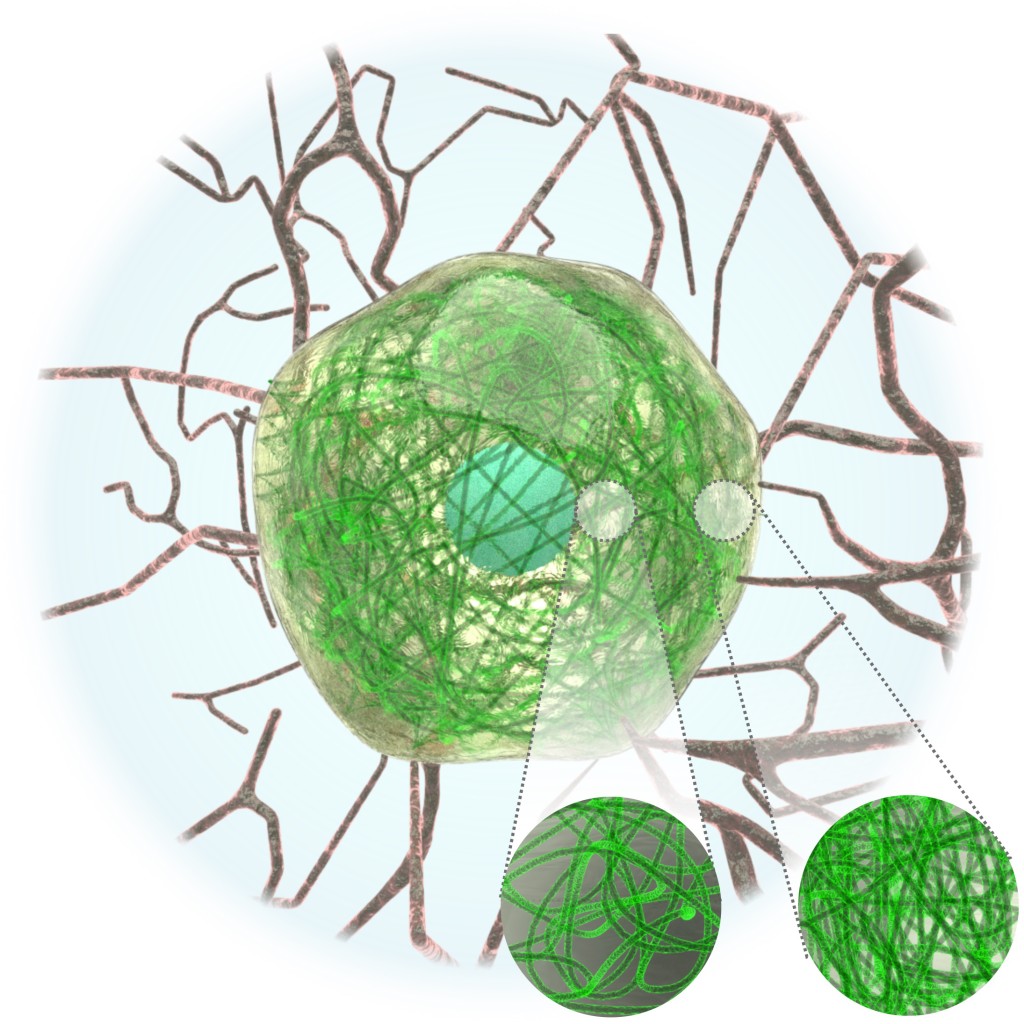Our work regarding cytoplasmic fluid-structure interaction during cryopreservation of cells and engineered tissues is published in the Journal of the Royal Society Interface.
Role of intracellular poroelasticity on freezing-induced deformation of cells in engineered tissues
Soham Ghosh, Altug Ozcelikkale, J. Craig Dutton, Bumsoo Han
Abstract
Freezing of biomaterials is important in a wide variety of biomedical applications, including cryopreservation and cryosurgeries. For the success of these applications to various biomaterials, biophysical mechanisms, which determine freezing-induced changes in cells and tissues, need to be well understood. Specifically, the significance of the intracellular mechanics during freezing is not well understood. Thus, we hypothesize that cells interact during freezing with the surroundings such as suspension media and the extracellular matrix (ECM) via two distinct but related mechanisms—water transport and cytoskeletal mechanics. The underlying rationale is that the cytoplasm of the cells has poroelastic nature, which can regulate both cellular water transport and cytoskeletal mechanics. A poroelasticity-based cell dehydration model is developed and confirmed to provide insight into the effects of the hydraulic conductivity and stiffness of the cytoplasm on the dehydration of cells in suspension during freezing. We further investigated the effect of the cytoskeletal structures on the cryoresponse of cells embedded in the ECM by measuring the spatio-temporal intracellular deformation with dermal equivalent as a model tissue. The freezing-induced change in cell, nucleus and cytoplasm volume was quantified, and the possible mechanism of the volumetric change was proposed. The results are discussed considering the hierarchical poroelasticity of biological tissues.


